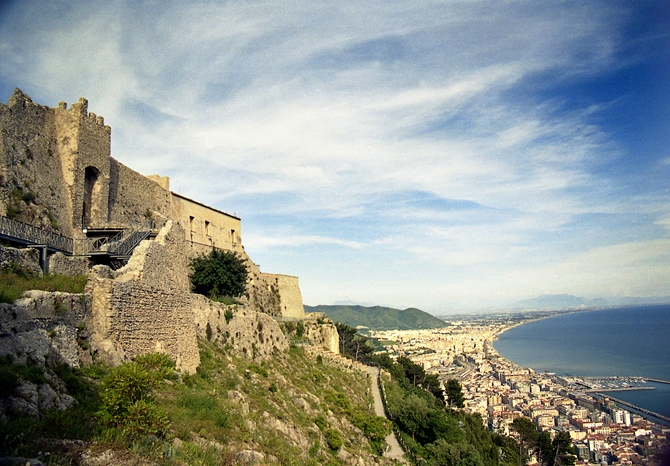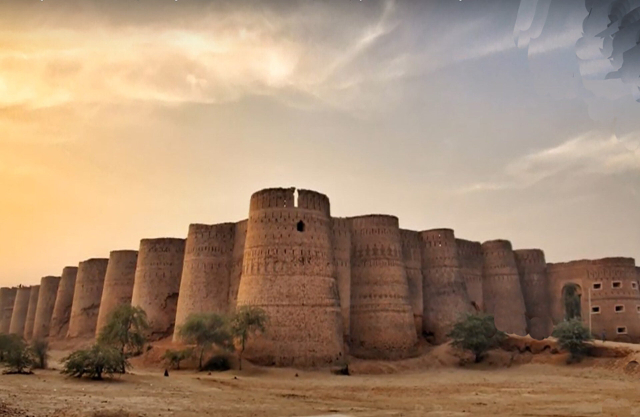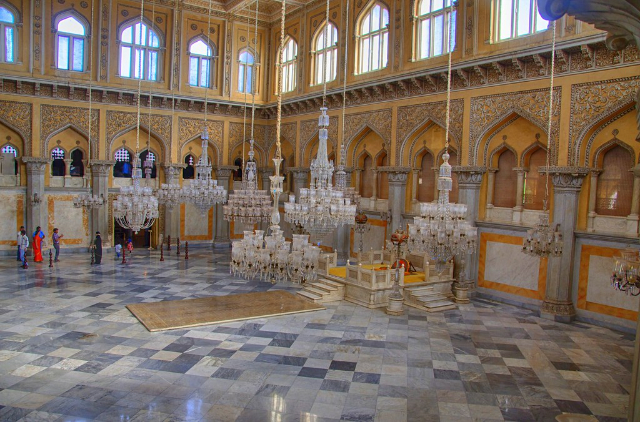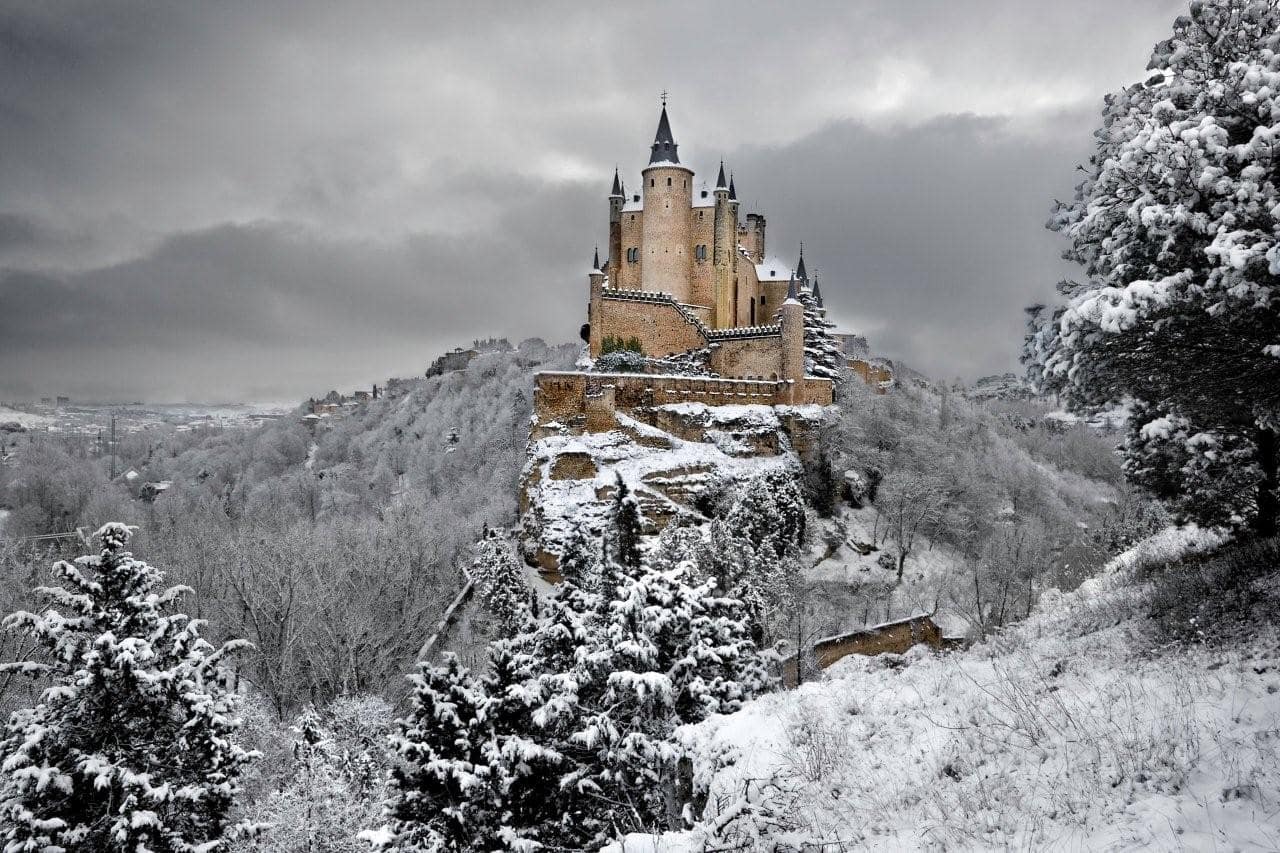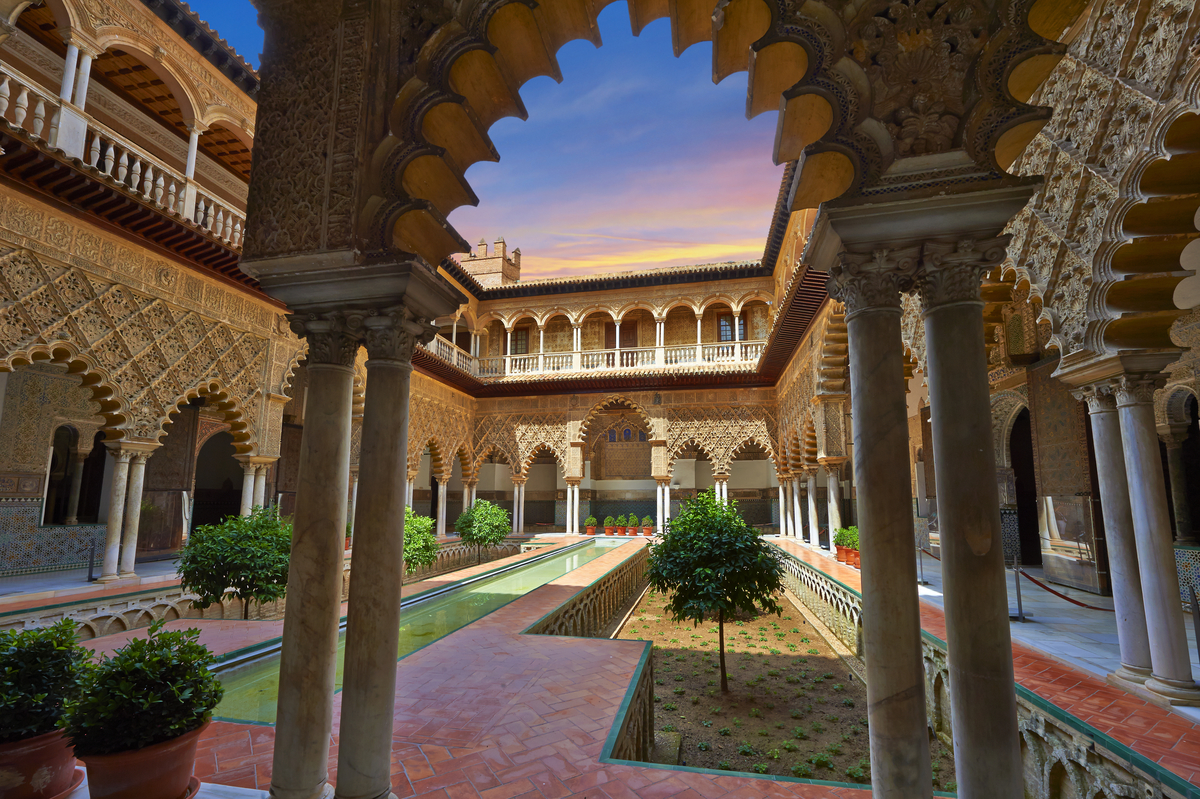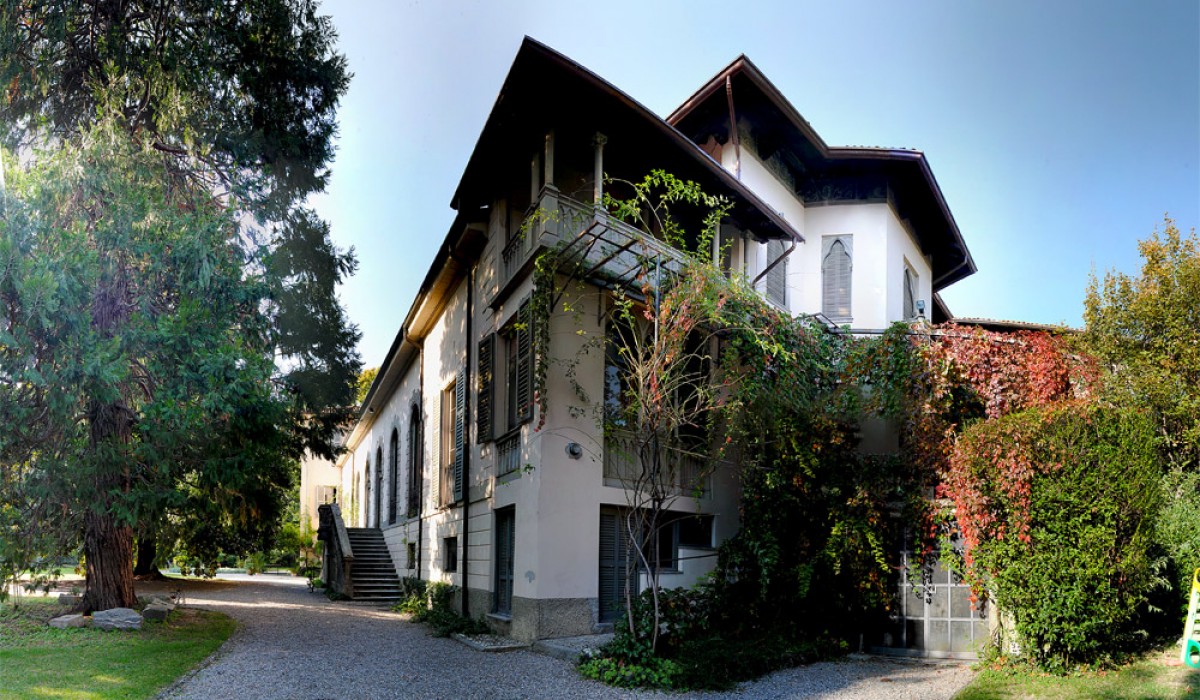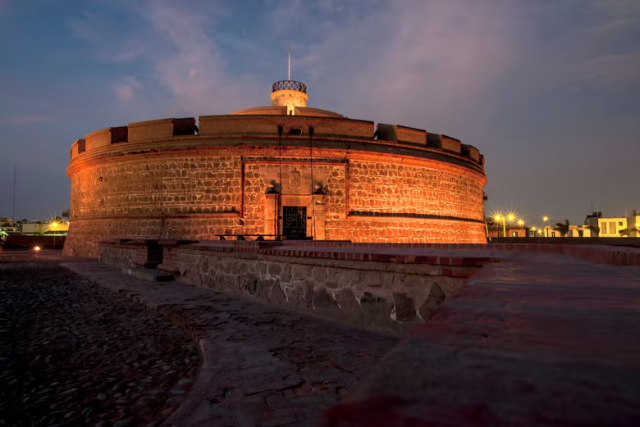Arechi Castle encapsulates three centuries of Lombard civilization (8th to 11th centuries). Built by Arechi II, a Lombard prince who transferred the capital of the duchy from Benevento to Salerno, it had as its centerpiece the castle that rises 300 m above sea level on the summit of Mount Bonadies.
Arechi, elevated and modified the ancient walls on pre-existing fortifications and built a castle "by nature and art impregnable, not being in Italy a fortress more fortified than it." The results of archaeological investigations in the perimeter of the Turris maior revealed how the oldest construction phase dates back to the Gothic-Byzantine period.
Even earlier, however, there had been generic frequentation on the Salerno hill, dating back to Roman times and evidenced by several archaeological finds. Other ceramic fragments indicate use of the architectural structures in the 7th century. In Arechi II, there was no need to strengthen the fortress, which was merely included in a more articulated urban defensive system.
To the northwest stands the watchtower known as the "Bastille" to highlight the validity of the defense system.
In the most eminent part there are a series of towers arranged around the central body and connected by crenellated walls and drawbridges. In later eras, extensions were added to increase the efficiency and functionality of services.
The course of such fortification could allow even a small number of defenders, to assume a dominant position during the retreat to the encased apex, in case the opponents penetrated inside the urban enclosure.
This is an exemplification of the mid-Byzantine defense mechanism, usually employed for cities located at the foot of a hill. In 1077 the "Castle of Arechi," was taken from Gisulph II, the last Lombard prince of Salerno to become a Norman stronghold, functional for the penetration of northern knights into the southern lands.
Benjamin of Tutela (the Navarrese Jew Benjamin bar Jonah), in his Sefer Massa’ot or Book of Travels, records how in the 12th century Salerno was "surrounded by walls in the part turned toward the land, while the other part is on the shores of the sea; on the top of the hill is a well-fortified castle."
Later, the "Castle of Arechi," became an important element in the Aragonese defensive chessboard, only to gradually lose importance as warfare techniques changed. It was almost completely abandoned in the 19th century.
